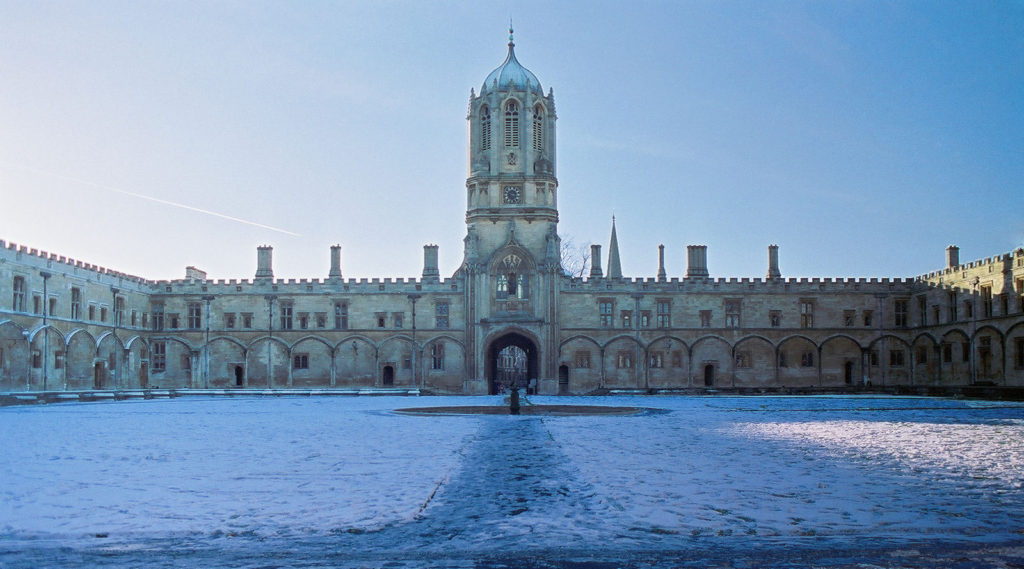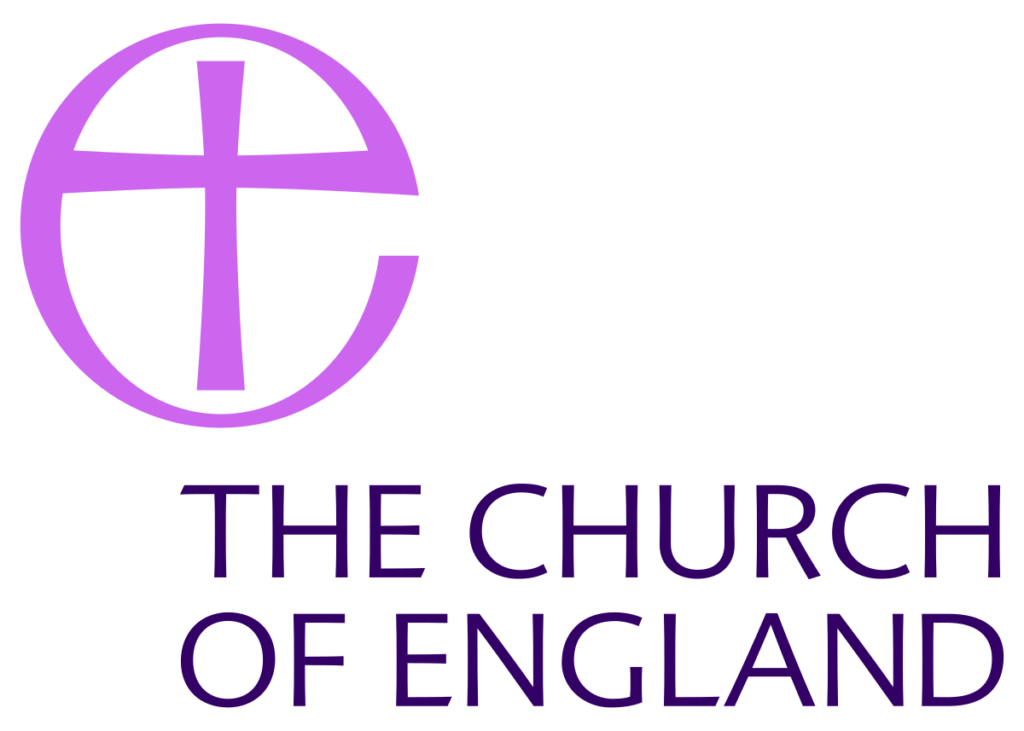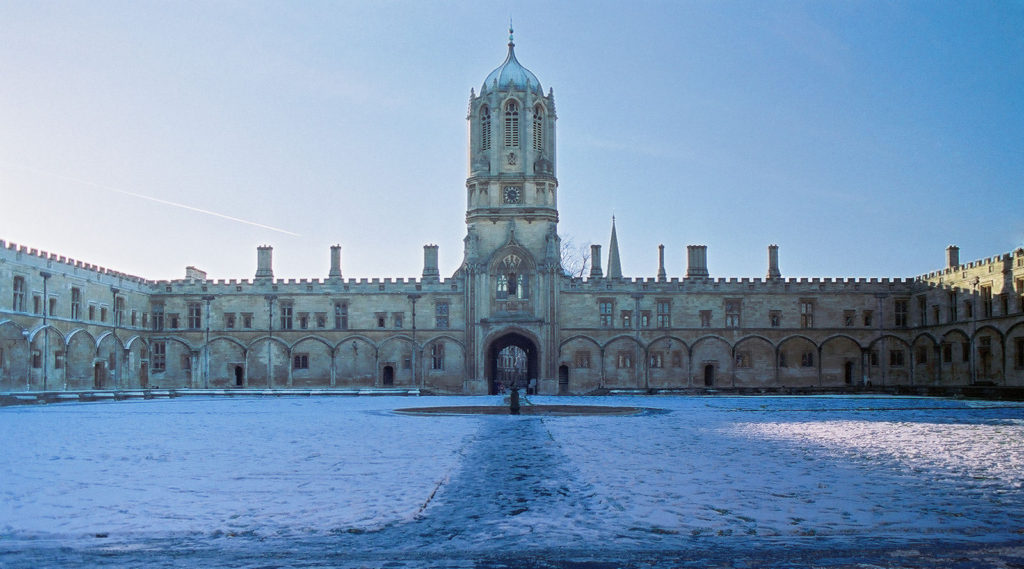by Anonymous
The bloody history of shambles might help us process the God-awful mess of
the Church of England, the National Safeguarding Team, injustice and
incompetence, and the brutality of bishops and church officers “just following
their process…”.

Annibale Carracci, The Butcher’s Shop, oil on canvas, circa 1583, 185cm x 266cm.
Christ Church Picture Gallery, Oxford.

Annibale Carracci, The Butcher’s Shop, oil on canvas, circa 1580
59cm x 71cm, Kimbell Art Gallery, Fort Worth.
You are looking at two pictures by Annibale Carracci, painted in the early 1580s. It is one of two slightly different paintings called ‘The Butcher’s Shop’. One hangs in the Kimbell Art Museum, Fort Worth, Texas. The other hangs in the Christ Church Picture Gallery, and is one of the paintings bequeathed in legacy by Charles 1. It may have originally been commissioned by a Butcher’s Guild. It is big picture of a busy butcher’s shop – much like you get in any market. Meat hangs up; there are game birds. Several staff chopping and prepping. Sharp knives, a saw, and some butcher’s blocks – all stained with blood.
But it is of course a religious picture, refracted into the everyday. Here, in the picture, we see the foreground, almost at knee height, so you have to bend down to see it: a lamb about to be slain. Passive, motionless and without blemish. The picture gives us other clues as to its intentions. Meat – like the soul in judgement – is weighed by one person in a balance.
An armed guard gazes into some middle distance – a seemingly pointless detail in a butcher’s shop. And there are on-lookers too, as though watching butcher’s at work was a good way to spend your free time. This is a scene of ordinary slaughter. An ordinary day at a butcher’s shop is like an ordinary day in Palestine, two thousand years ago. Death is routine. Actually, there seem to be a lot of bystanders in the two paintings – people doing nothing whilst the slaughter just carries on. Process.
In C.D. Dickerson’ intriguing Raw Painting (Kimbell Masterpiece Series, Yale University Press, 2010), he explains how the paintings portray the butcher’s trade in sixteenth and seventeenth century Bologna. Dickerson puts Carracci’s painting into context by comparing it with a contemporary butcher’s shop painting by Bartolomeo Passarotti (1577-80) and Dutch-Flemish paintings by Pieter Aertsen and Joachim Beukelaer.
The paintings by Pieter Aertsen and Joachim Beukelaer (below) may appear, on the surface, to be mere representations of the produce available in a Dutch or Flemish market. But on closer inspection, one can clearly detect a sacred scene painted in the background of Aertsen’s work. Why did Carracci and others paint like this? I think one clue is the link between the soldier and the passive lamb in the Oxford painting. For here the imagery is pregnant with meaning. This is no ordinary butcher’s shop. The man kneeling in the foreground with a cleaver in his left hand is about to ‘sacrifice’ the docile lamb in front of him.
The butcher standing left of him is holding a set of scales reminiscent of a Last Judgment. But what is that Swiss Guard with the ridiculous protruding codpiece even doing in a lowly butcher’s shop? The Swiss Guard were, and still are, the elite police force of the Vatican. A respectable Swiss Guard would have servants to do his bidding. Could he be representing one of the soldiers at the scene of the Crucifixion? Maybe. Yet the Swiss Guard represents something much more sinister: a symbol of the Church uncaring, just observing a slaughter.
Most readers of this site will know what an utter shambles the Church of England is, that safeguarding (and the work of the NST) and the implementation of CDM’s on clergy is form of process-torture and brutal butchery. Research from Sheldon found that 40% of clergy who were on the wrong end of a CDM contemplated suicide. The rest merely feel crucified – butchered by an inhumane system of justice that follows a process that is numb and dumb to compassion.
Our bishops admirably perform the role of Pilate, washing their hands to claim their innocence. The NST and the Dioceses are little better than shuttling the victim between the court-trials of Pilate, Caiaphas and Herod. If you are unlucky enough to be the Dean of Christ Church, you can be delivered up to all three tribunals in a matter of weeks. No-one takes responsibility. They will each blame the other. It is a shameful shambles for an institution that is supposed to specialise in care-taking, receiving care and in care-giving. It is incomprehensible that people who are supposed to be good and kind can tolerate such indolent brutality and butchery visited upon others. What is going on, I wonder?
Our word ‘shambles’ commonly means “a scene or state of great disorder and confusion”, but it historically referred to a slaughterhouse. The word (in a singular form) originally meant “a stool” and “a money changer’s table”. Later it acquired the additional meaning of “a table for the exhibition of meat for sale”, which in turn gave rise in the early 15th century to a use of the plural form with the meaning “a meat market”. A further extension of meaning in the 16th century produced the sense “a slaughterhouse”.
That meaning quickly led to the more figurative use of ‘shambles’ to refer to a place of terrible slaughter or bloodshed. A few centuries passed with the word being mostly used with the literal “slaughterhouse” and figurative “place of mass slaughter or bloodshed”. A bloody mess, literally. By the early 20th century, another extension of meaning took place. ‘Shambles’ acquired the sense of “a scene or state of great destruction” and “a scene or state of great disorder and confusion,” or a “great confusion; a total mess”.
The money-changer’s tables? A bloody mess? A slaughterhouse? Good Friday? You might ask why safeguarding in the Church of England is such a bloody mess – an utter, total shambles? The answer from Good Friday is that Church has to do something with its crippling guilt over its past crimes and cover-ups. So it matters not who is tortured and dies for all of these sins: someone has to. A scape-goat is needed. Preferably a ready supply of them.
This is why the Swiss Guard in Carracci’s painting looks on, impassively. His pose is one of indifference. But I also think it is one of pointless pietistic prayer and passivity. Bishops will tell you they are praying for you as you are butchered and hung out to dry by the NST, before whatever remains of you is passed through the mincer of a CDM. Carracci painted the church observing the victim die, for what in fact the church does. The lamb-meat is to order. So I think this is an image of atonement for the sins the Swiss Guard must represent. As soldiers, they had a fearsome reputation for being tough, brutal mercenaries; they were butchers for hire, and commanded high fees for their work.
Perhaps like me, you have found yourself butchered and hung out to dry by the Church? Perhaps you found that the bloody slaughter that is visited upon victims of abuse, clergy facing false accusations and ruin, and being condemned by courts, trials and processes that deny everyone their basic human rights, transparency and agency, is just too gruesome to watch anymore? I agree. Sometimes, the only thing to do with a bloody ‘shambles’ is look away.
Or perhaps leave it altogether? Leave the butcher’s shop, I mean. Assuming you don’t mind the analogical imagination at work here, if the vehicle for your means of journey and pilgrimage – be it boat, plane, car or train – is not roadworthy, seaworthy or able to fly safely, it is usually a mistake to presume the voyage ahead will not include some terror or likely misfortune.
If the car or bus has no MOT, and looks like it is clearly a shambles, my counsel is you’d be unwise to climb aboard and take a seat. It may already be too late for me to give you this advice, and you may well find you are already (s)trapped in. If so, I am sorry. But please, try and leave when you can. You may have to wait for the next stop at a junction or at a port. But when it comes, this is your chance to hop out, and hop off. Escape. Seize the moment.
The quality of the driver, a cheerful conductor or smiling flight attendant won’t help. The recent (promised) dubious health and safety audits won’t be worth the paper they are written on. Leave now. Because once inside this shambolic vehicle, your life is actually in far more danger. It is better not to risk the ride.
Leaving the butcher’s block was not an option for Jesus on Good Friday. Or for the two thieves. Or for Spartacus and his friends. Such carceral crucifixions were common: there to intimidate the masses, suppress dissent and bypass true justice. But you do not need to be crucified for the sake of the church, looking on, with pitiful piety and pastoral pity. This is their shambles, not yours. You do not need to be another vicarious victim in their butcher’s shop.
A lamb being slaughtered is not a very promising symbol for a new religious movement. Yet from the first Easter, Christians proclaimed that “the Lamb who was slain takes away the sins of the world”. The gospels converted the shepherd of the sheep into one of the flock. Jesus becomes a victim; one statistic among the numberless who were butchered by an autocratic State.
Jesus is simply a routine execution – a regrettable process to be started and finished as quickly as possible. And then we can all go home. I find it interesting the Jesus is condemned to die before the jury can deliberate; his trials are afterthoughts, and only there to rubber-stamp the sentence.
I think I may know what you are thinking now. So please let me say, try not to worry too much about Jesus struggling and gasping for each breath on the cross. Or protesting about the injustice of three consecutive kangaroo courts. Because Jesus is not alone, you see. He has the constant presence of episcopal company in his suffering, and I promise you, is sincerely offered “prayer and pastoral support during this difficult time”. You should remember that the thieves don’t get that, so Jesus is actually quite fortunate.
Seriously, Jesus is “well supported”. If it were not for that cross keeping him upright, he’d be a crumpled, tangled heap of bloody mess, bruises and broken bones on the ground, where no-one could see him. Such is the brutality of our CDM’s and the faceless unaccountable processes of the NST. I, you, we: are led like lambs to the slaughter.
So much for Good Friday, then. Yet I do not think you have to be another notch on the NST and CDM roll-call of victims. That is why I wrote this. Good Friday is not meant for you. The Swiss Guard may still look on, but there is life outside the butcher’s shop. It is not your prison, or your butcher’s block, and you do not need to be some tangled mass of discarded offal in an ecclesial meat display. You are actually worth much more than the sparrows. Jesus told us.
So at Easter, what might you try to remember? That death has no more dominion over you. As C. S. Lewis once said, part of the Deep Magic of Good Friday lies in surrendering to something else that the Church neither owns or knows; namely the wisdom of God. You can let fear do it’s worse, but it cannot kill you, so do not be afraid.
Try to keep your faith, knowing this is foolishness and weakness to the world; but to God, it is wisdom and strength. A resurrection strength that will actually save us from this butchery.
That Swiss Guard has it all coming to him. Much like the soldiers who stood guard by the tomb of Jesus. The cracks appear; the light breaks in. The guards can’t cope without a corpse. Their dead prisoner has left; they have nothing to watch over any more. The light floods out of the tomb.
Resurrection is coming, and for those indolent passive soldiers – instruments of unjust butchery going through their motions of process a few days before – the resurrection is going to be, quite simply, terrifying. Revolutionary. The tomb-guards and soldiers then have nothing to process, and nobody left as the object of their grim vigil.
New life comes, and the old order is swept away. The guards, sore afraid, must scatter. We will now witness to something else: new life, new hope and radiant resurrection light piercing the darkness, and exorcising the indifference of our church leaders and the banality of their butchery back into the shadows, where such evil belong.
Lent and Good Friday are but a season. Resurrections are forever.

Pieter Aertsen, The Meat Stall with the Holy Family Giving Alms, oil on panel, 1551
115cm x 165cm, North Carolina Museum of Art, Raleigh.

Joachim Beukelaer, Fish Market, oil on panel, ca. 1568
56cm x 213cm, Museo Nazionale di Capodimonte, Naples.








